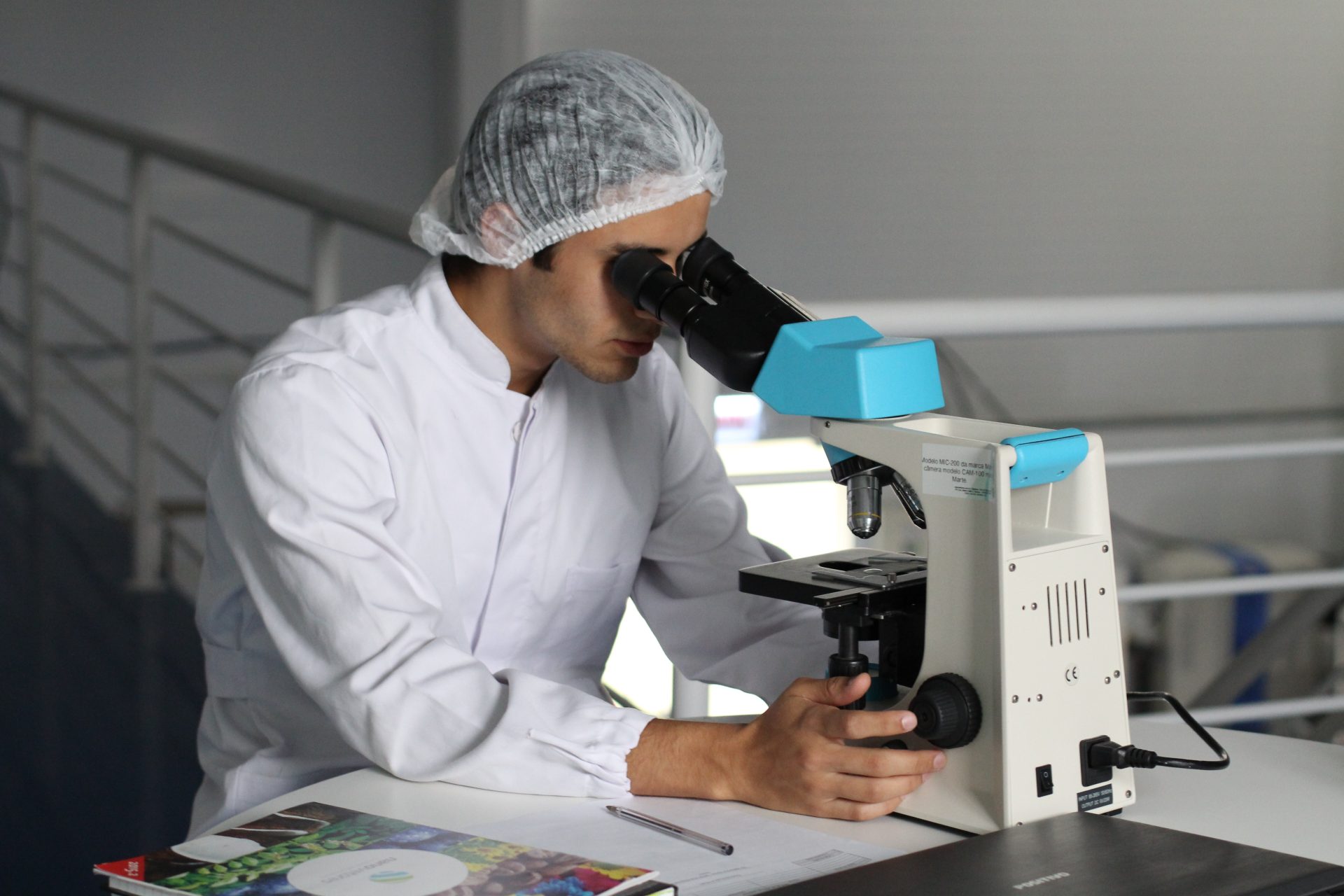Understanding the Science Behind Stretch Mark

Stretch marks are a widespread skin issue that many people experience. Although they are frequently linked to pregnancy or weight gain, their fundamental causes and mechanisms are not well understood. In this blog post, we will delve into the science behind stretch marks, exploring their formation, contributing factors, and the body’s response. By understanding the science behind stretch marks, we can gain valuable insights into their prevention and treatment.
What are Stretch Marks?
Definition: Stretch marks, also known as striae, are visible lines or streaks that appear on the skin’s surface. They commonly occur due to rapid stretching or shrinking of the skin.
Skin Layers: The outermost layer of the skin is the epidermis, followed by the middle layer, the dermis, and the innermost layer, the subcutaneous layer. Stretch marks occur within the dermis, specifically in the collagen and elastin fibers that provide support and elasticity to the skin.
Formation of Stretch Marks
Stretching and Tearing of Dermis: When the skin undergoes rapid stretching or shrinking, the collagen and elastin fibers in the dermis can become overextended. Stretch marks develop as a result of small tears in the connective tissue caused by this.
Inflammatory Response: These microtears cause the body to respond by inducing an inflammatory response. To aid in healing and repair, inflammatory cells like macrophages are attracted to the damaged area.
Fibrosis and Scar Tissue Formation: Scar tissue develops as a result of the body’s overproduction of collagen during the healing process. This scar tissue appears as the visible lines or streaks associated with stretch marks.
Contributing Factors to Stretch Marks
Rapid weight gain or loss can put a lot of strain on the skin and increase the risk of stretch marks by causing sudden changes in body weight.
Puberty and Growth Spurts: Adolescence and growth spurts are times of rapid physical development. Stretch marks may form as a result of the skin’s inability to keep up with the body’s fast growth.
Pregnancy: Stretch marks are frequently the result of the skin stretching due to the growing abdomen during pregnancy. They might also arise as a result of hormonal changes including elevated cortisol and estrogen levels.
Genetic Predisposition: Some individuals are more genetically prone to developing stretch marks. Factors such as family history, skin type, and collagen quality can influence an individual’s susceptibility to stretch mark formation.
Treatment and Prevention of Stretch Marks
Moisturization: Keeping the skin well-hydrated can improve its elasticity and potentially minimize the formation of stretch marks. Regularly applying moisturizers or oils to the skin can help maintain its suppleness.
Balanced Nutrition: A healthy diet rich in vitamins, minerals, and antioxidants can support skin health. Protein, vitamin C, vitamin E, zinc, and other essential nutrients can all help keep the skin resilient and strong.
Topical Treatments: Various creams, lotions, and oils are available that claim to reduce the appearance of stretch marks. Look for products containing ingredients like retinol, hyaluronic acid, or cocoa butter, which may help improve the skin’s texture and appearance.
Professional Treatments: Stretch marks can be less noticeable thanks to dermatological procedures like microneedling, microdermabrasion, and laser therapy. These treatments work by stimulating collagen production and promoting skin regeneration.
Conclusion
Stretch marks are a natural occurrence that can affect individuals of all ages and genders. Understanding the science behind stretch marks provides valuable insights into their formation and potential prevention strategies. While completely preventing stretchmarks may not be possible, adopting preventive measures and utilizing appropriate treatments can help minimize their appearance. By moisturizing the skin, maintaining a balanced diet, and considering topical or professional treatments, individuals can take proactive steps to address stretch marks.
It’s important to remember that each person’s experience with stretch marks is unique, and what works for one may not work for another. When it comes to managing stretch marks, persistence and patience are crucial. It’s crucial to keep reasonable expectations because results might not be seen right away.
For more articles related about the topic, just click here.